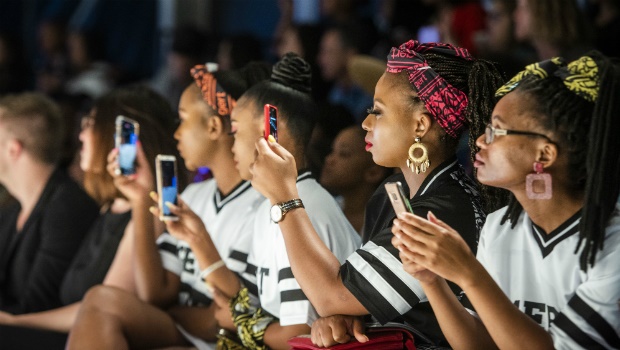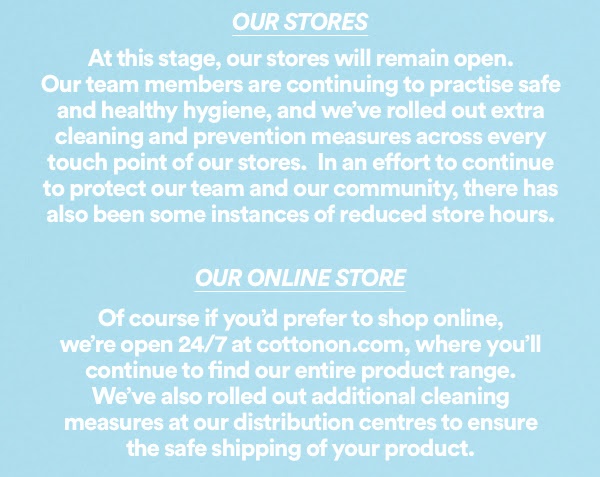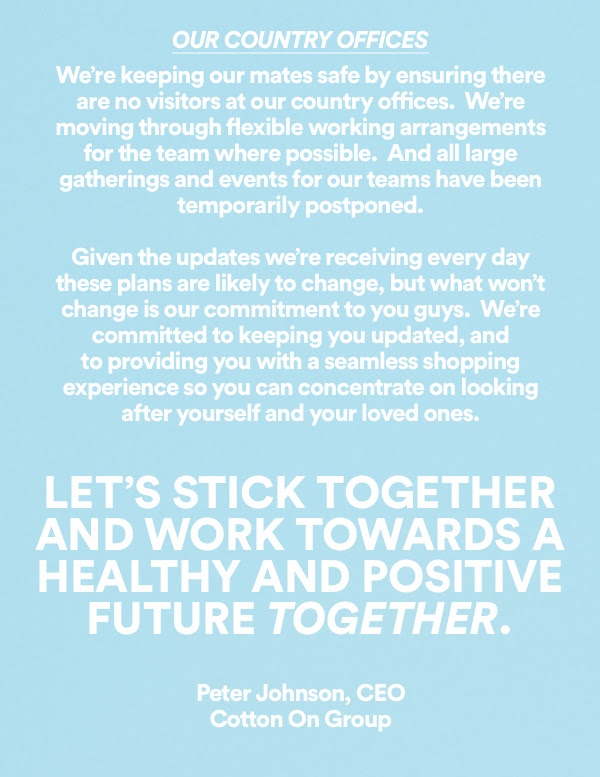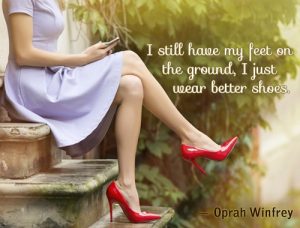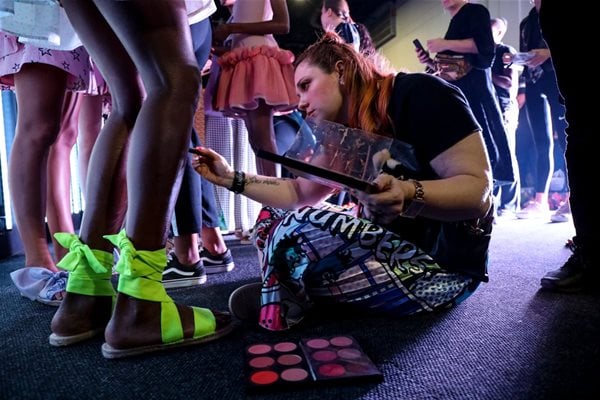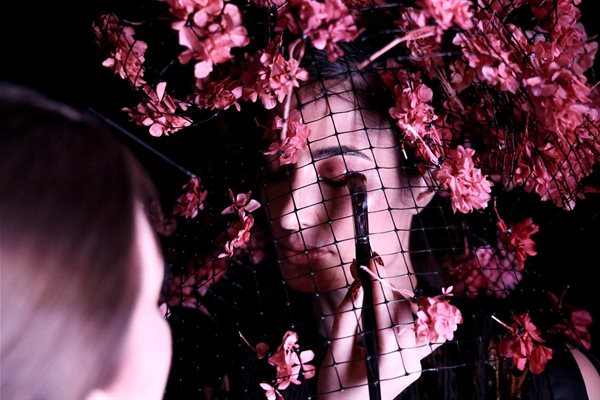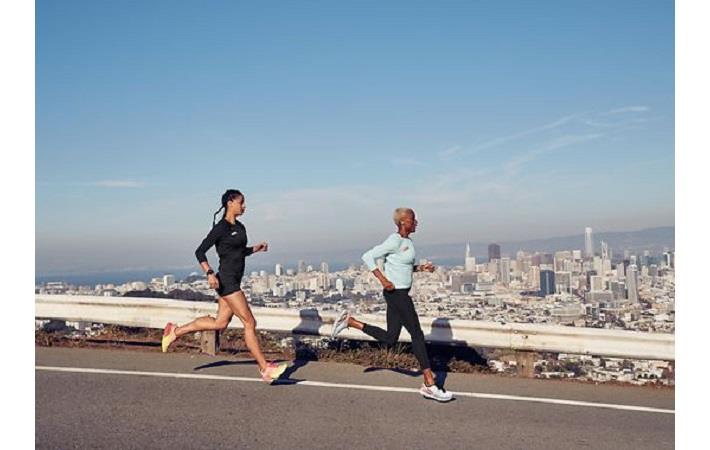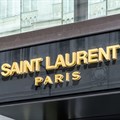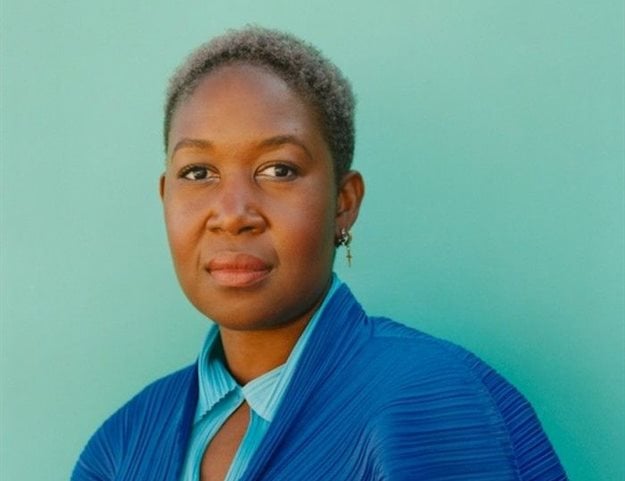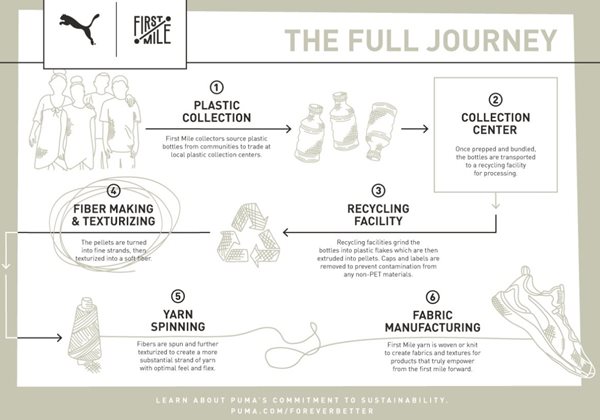The numbers are astronomical: to make one pair of jeans, it takes close to 8,000 litres of water – the amount a person drinks over seven years. Even a simple cotton shirt requires close to 3,000 litres of water. Within 10 uses, these jeans and shirts will be discarded for newer, trendier items, contributing to the 21 billion tonnes of textiles sent to landfills per year, according to the UN Economic Commission for Europe.

Getty
|
The fashion industry is the second-most-polluting industry – coming in right behind big oil – according to the UN. The fashion industry not only produces 10% of global carbon emissions, but also contributes 20% of wastewater production.
“The industry consumes more energy than the aviation and shipping industries combined,” calculates the UN Framework Convention on Climate Change. If production practices do not improve, the greenhouse gas emissions from the fashion industry are expected to rise by 50% by 2030. It is no wonder, then, that environmentalists are calling for a cleaner and more sustainable fashion industry.
Today’s ‘fast fashion’ is largely to blame for the unsustainable state of the industry, say environmental activists. Fast fashion is inexpensive yet stylish, cheaply produced and soon discarded, replaced by newer styles.
If you’re wondering if sustainable fashion really does exist in South Africa, the answer is yes, but only on a small scale…
Emma Longden 15 Jan 2020
Roberta Annan, a Ghanaian entrepreneur and founder of the African Fashion Fund, which supports Africans and those in the diaspora to advance in global fashion, is also a UN Environment Programme Supporter for Creative Economy.
She advises African countries not to embrace fast fashion and sees investment opportunities in the creative industries. “We don’t have to go towards fast fashion,” says Annan.
“My focus has been to bring proper sustainable manufacturing and production processes to the continent because I feel Africa can position itself as the next hub when it comes to creative economy. We are in the position to do things differently; we can set a new pace. We can do things in a way that is more sustainable.”
African designers are making gains in this direction. Senegalese fashion house Tongoro sources materials from Africa and offers eco-conscious pieces to its client base, including those made from silk and linen. Tongoro has caught on with celebrities, including global music sensation Beyoncé, who has shared photos of herself wearing the label with her millions of social media followers. The brand has also been featured in various large-scale global publications, including Vogue, Elle and Forbes.
Tongoro’s founder, Sara Diouf, says she had local talent and sustainability in mind when starting the company. “I train Senegalese makers to produce quality goods matching international standards. Tailoring is such an important part of our culture here. My ultimate goal is to train local artisans to professionalise their craft,” says Diouf.
American actress Rosario Dawson, and US-based African fashion expert Abrima Erwiah have been promoting sustainable African and African-inspired clothing on Studio One Eighty Nine, their New York-based fashion brand’s e-commerce site. The brand curates pieces from artisans who use natural styles of craftsmanship, sustainable dyes and environmentally-friendly materials. It also promotes African talent.
“I am Ghanaian, Ivorian and American. When I travel home and visit my family in Ghana, and I see young girls that look just like me, I see myself. It is one reason that I think it is important that everyone gets a fair opportunity and why I hoped with Studio One Eighty Nine we could train others and empower them to be able to do the work themselves so that they can take control over their own futures and not rely on charity or someone else’s generosity,” says Erwiah.
Industry is not moving fast enough
Besides the efforts made by individual brands, the fashion industry needs to take larger steps towards sustainability. Pulse of the Fashion Industry: 2019 Update, produced by the Boston Consulting Group, the Global Fashion Agenda and the Sustainable Apparel Coalition, reports that the fashion industry is not moving fast enough in terms of sustainability to counterbalance the harmful impact of its rapid growth.
According to the report, by 2030 the global apparel and footwear industry will have grown by 81%, to 102 million tonnes, exerting an unprecedented strain on planetary resources.
Luxury fashion conglomerate Kering has pledged to become carbon-neutral across the entire group, within its own operations and across the entire supply chain…
25 Sep 2019
So, what does a more sustainable apparel industry look like, and how do we get there?
We’re starting to see some early signs of an industry in transition. In 2018, fashion industry players and others launched the Fashion Industry Charter for Climate Action, aligned with the goals of the Paris climate change agreement, with a vision of how the industry can achieve net-zero emissions by 2050. Signatories include global brands such as Adidas and H&M Group, along with companies such as global logistics giant Maersk.
The global fashion sector has increased momentum to address climate change by launching the Fashion Industry Charter for Climate Action. Premier fashion brands, retailers, and supplier organisations have agreed…
19 Dec 2018
Luxury fashion brands Gucci and Gabriela Hearst have announced that they will be making all operations, including those in its supply chain, carbon neutral. Business models based on reuse, such as Gwynnie Bee and Rent the Runway are the beginnings of an industry that supports longevity instead of rapid consumption, by offering consumers the option to lease clothes.
This is only the beginning of the radical transformation required. Apparel companies will increasingly have to confront the elephant in the boardroom and decouple their business growth from resource use.
For people keen to take individual action on sustainable fashion, the UN’s Act Now climate change campaign says recycling, donating unwanted clothes, refashioning – or upcycling – them into blankets or other clothes, as well as shopping in vintage clothing shops could go a long way in slowing down fast fashion.

